Implementing a SaaS-Based CRM: Best Practices and Forecasts
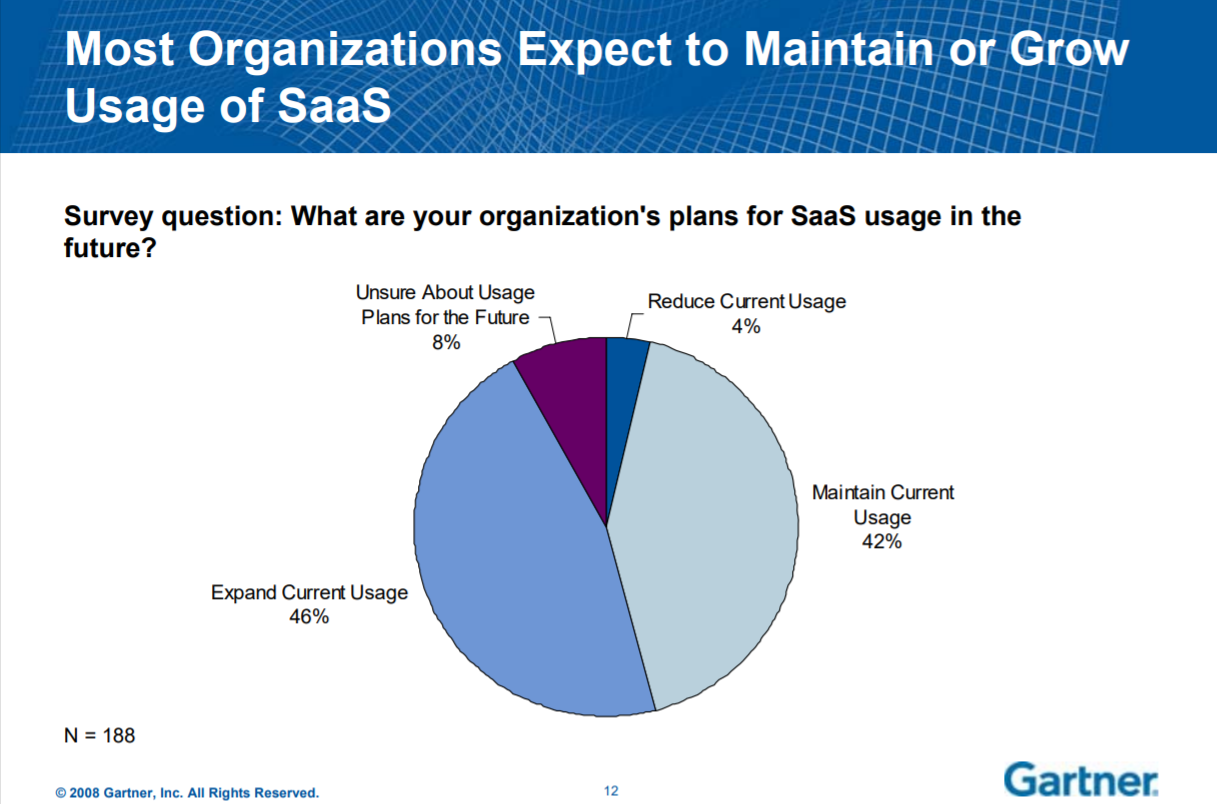
$6.4 billion spent on software as a service
I’m sure you’ve already heard how Gartner forecasts the worldwide enterprise software-as-a-service market to jump up to $6.4 billion this year, up 27% from 2007. Moreover, the company estimates the market will reach $14.8 billion in 2012. Among the reasons for such progress are:
* the tough economy (ironically, yea?),
* better broadband,
* and a need to rapidly deploy software to meet a specific business need.
Gartner’s research director Sharon Mertz notes that on-demand services have gained popularity and matured, diminishing the widespread “initial concerns over security, response time, and service availability.”
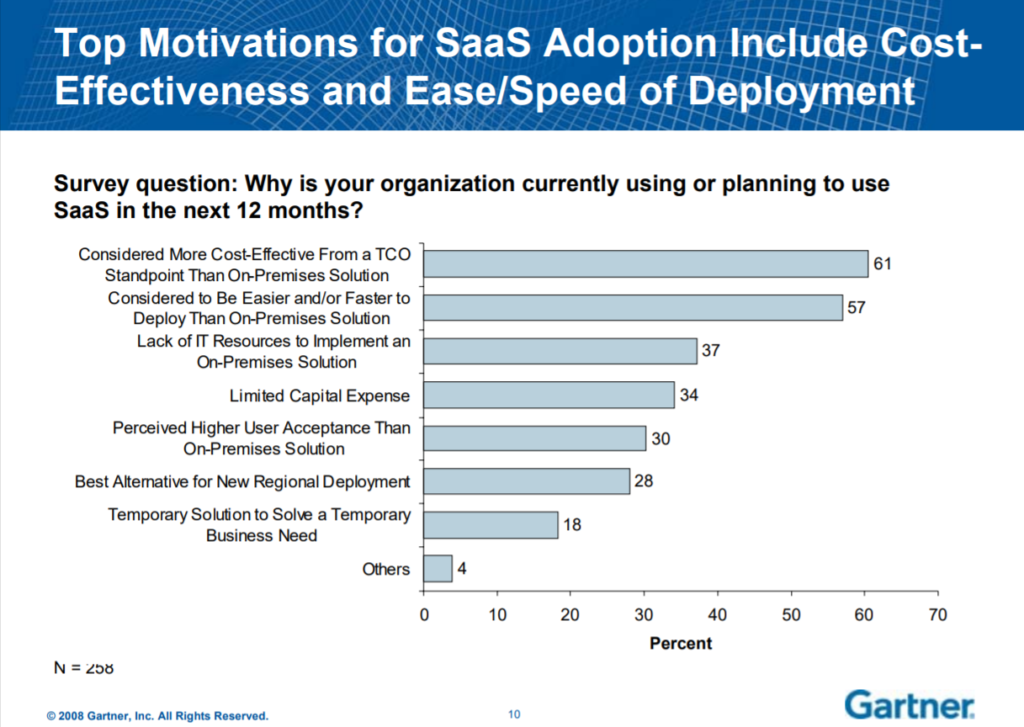 (Image credit)
(Image credit)
SaaS CRM best practices
Figures and studies from Forrester confirm these trends. I recently came across an article that named five best practices for implementing SaaS CRM applications.
Considering the recent growth of interest toward SaaS applications in general, no wonder “a late 2007 survey of 1,017 software IT decision-makers at North American and European enterprises found that SaaS adoption is growing at double-digit rates.” (See May 2008 Forrester’s “Best Practices: The Smart Way To Implement CRM” report.)
As popular as SaaS is and as much as it’s being adopted, there are still pitfalls. To avoid these, Forrester analysts William Band and Peter Marston identify the following best practices for companies to keep in mind:
1. Build the right business case
2. Negotiate the right contract
Contracts can be tricky and cause customers to complain, especially when it comes to the following points:
1) Hidden cost drivers
2) Unexpected service outages
3) Declines in customer support
4) Obscure disaster recovery procedures
3. Follow the right implementation approach
4. Adopt the right data security procedures
5. Establish the right support structure
If all SaaS vendors cleaned up these five areas of their company’s life cycle, the customers would be much happier, and the corporate world in general would become even more SaaSy.
SugarCRM as a premier open-source CRM
An AMR Research report says that the leading CRM vendors are SAP, Oracle, and Salesforce.com (by 2007 revenues). This includes all the delivery options (hosted, desktop, etc.)—via a proprietary model.
“The top five CRM vendors now own 46% of the entire market share.”
However, open-source software as a service is also entering the enterprise arena. Among SaaS-based CRM systems, SugarCRM is one of the top open-source offerings, with 4 million downloads, 470 product extensions, and total funding of $46M (source).
In a recent article, TMCnet Contributing Editor David Sims calls SugarCRM the “primary” open-source SaaS option and comments on Gartner’s forecasts mentioned earlier. He also discusses a few of SugarCRM’s new features from the latest product release.
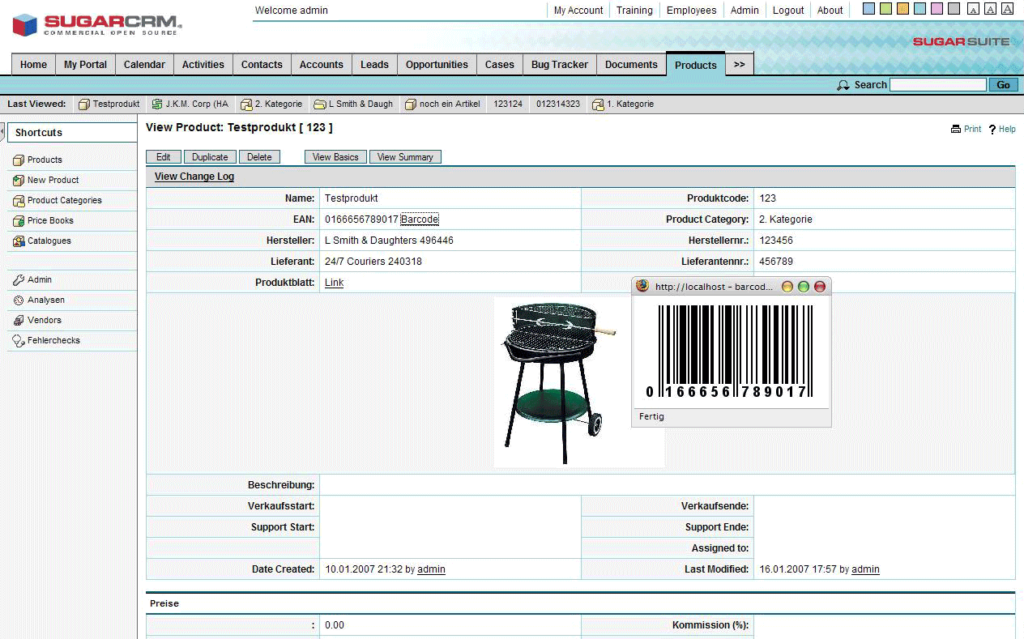 The SugarCRM interface
The SugarCRM interface
Integrating SaaS CRMs with Apatar
Earlier, we wrote about how to integrate SugarCRM with 3rd-party systems by using Apatar. The tool excludes manual coding when synchronizing data between CRM systems and other enterprise applications. This way, the project’s drag-and-drop interface enables data integration to be carried out by literally anyone.
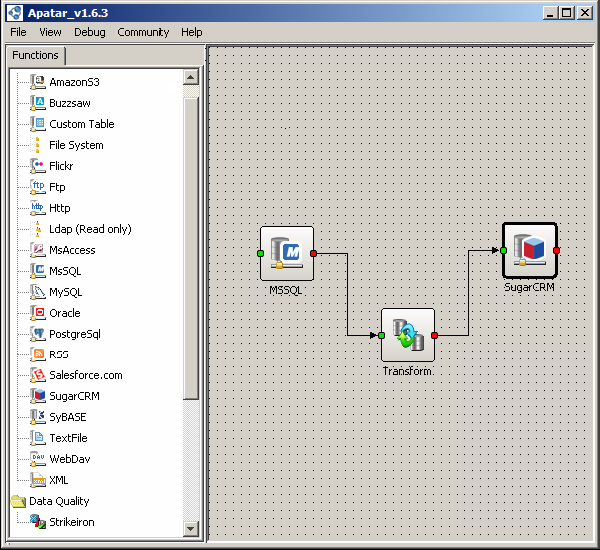 Integrating SugarCRM with Apatar
Integrating SugarCRM with Apatar(Read how Wild-East Marketing GmbH, one of Germany’s leading service provider for online booking systems, has built an open-source CRM for tourism with SugarCRM and Apatar.)
The same integration operations can be performed over Salesforce.com—learn more in this article. The data can even be transferred between two separate SaaS-based systems, including SugarCRM and Salesforce.com.
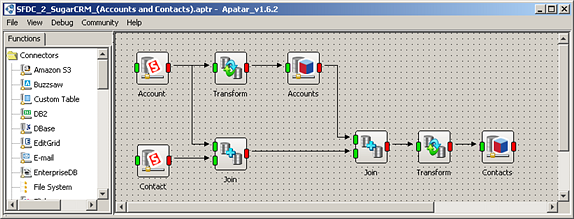 Migrating Salesforce.com’s Accounts and Contacts to SugarCRM with Apatar
Migrating Salesforce.com’s Accounts and Contacts to SugarCRM with ApatarFor technical details, see the tutorial explaining how to configure the connector for Salesforce.com (or this one for SugarCRM).
Further reading
- 5 Steps to Integrate SugarCRM with Third-Party Systems and Avoid Mistakes
- Building an Open-Source CRM for Tourism with SugarCRM and Apatar
- Using Apatar to Integrate Salesforce.com with Legacy Apps












